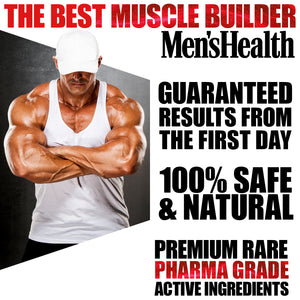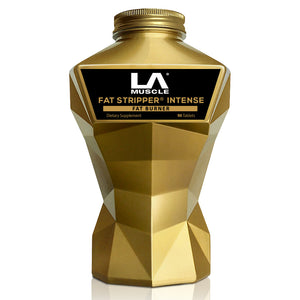
Regardless of your fitness goals, there are universally accepted principles that you must follow to get the best results from your exercise programmes and improve specific sports performance and physical fitness.
Following a set of guidelines or principles is the best way to achieve optimum results. These scientific rules cut across all fitness levels from beginner to professional athletes. Although it is almost impossible to fit these principles into every single exercise routine and at all times, you must create an exercise plan that will integrate them.
Some principles will become more important at different stages of your fitness journey. More importantly, these rules are there to help you regain your fitness, avoid fitness burnouts and plateaus, and see immense improvements in your fitness goals.
Individuality
Everyone is unique in their way and will respond to exercise differently. The concept of individuality in exercise is based on the idea that there is no "one size fits all" approach to fitness. For an exercise programme to be effective, it must be created per individual and factor their physical differences and response to exercise. These differences relate to genetics, health conditions, age, gender, body shape and size.
Bearing individual differences in mind, “pre-made” exercise materials such as exercise DVDs or online and offline group classes may not yield the desired results. Your best bet is working with a personal trainer or fitness coach who will help you create a customised programme that meets your needs, guide you to reaching your goals, and give you the knowledge to take your fitness into your own hands.
Overload
The principle of overload states that a greater than normal load or stress on the body is needed for training adaptation to happen. In other words, to improve fitness, strength and endurance, there needs to be an increase in workload.
For your muscles, including the heart, to become stronger, they must undergo consistent yet gradual stress through a load that is greater than what is considered normal. And this stress is only achieved by lifting more weight or engaging in HIIT workouts.
Specificity
The principle of specificity states that exercising specific parts of the body will develop those parts. The phrase "practice makes perfect" bests describes the principle of specificity. You will become better at a particular skill or exercise if you continuously perform that exercise. To become a better runner, you must train by running, and the same applies to cyclists and swimmers.
However, it is beneficial to engage in general conditioning routines. But if you want to become a better swimmer, your exercise should be specifically aimed at swimming. For instance, building stronger arm muscles and endurance training will make you a better swimmer.
Adaptation
Adaptation is your body's ability to get used to increasing or decreasing physical demands. It is an integral aspect of learning which enables us to make coordinated muscle movements and learn skills such as breakdancing, skateboarding, or shooting three-pointers. Consistently practising a skill eventually makes it easier to perform with less effort. The skill becomes second nature.
Adaptation is why beginner exercisers feel sore when starting a new training but feel little to no soreness after doing the same routine for weeks or months. Adaption also explains why professional athletes perform their sports effortlessly. This is why you need to perform varied workout routines for continued improvement.
Recovery
Recovery is essential for reaching your fitness goals. The body is not capable of tolerating stress over extended periods, and as a result, it resorts to shutting down to protect itself from irreparable damage. This shut down can result in burnout, fatigue, overtraining syndrome, and a weakened immune system.
Daily exercise is ideal, but you must find a way to switch it up, especially when it involves strength training. Allow a day between sessions to give your muscles time to rest, recover, and rebuild. Another effective method is training different muscle groups on separate days. This method is sometimes called a split routine.


























